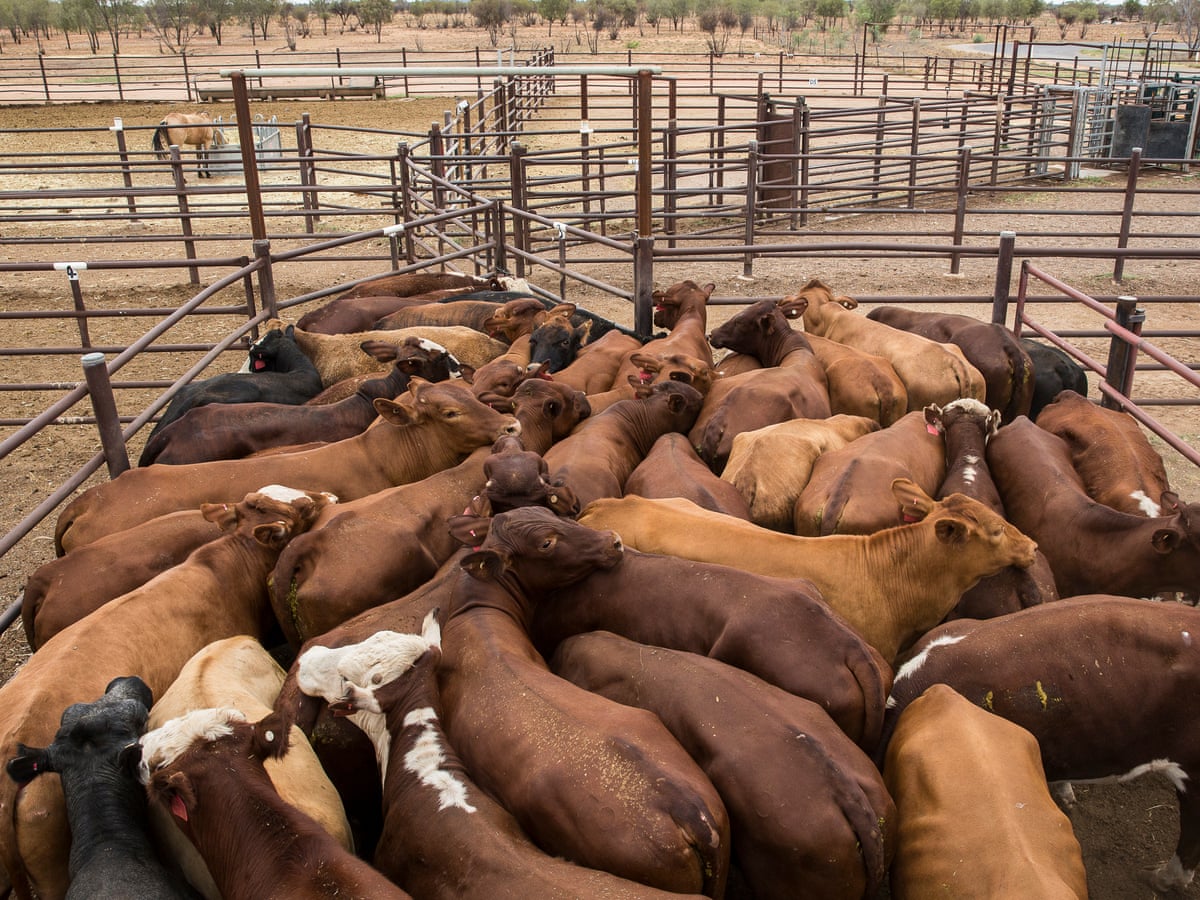Navigating Constance Cattle Care: Proven Tips for Optimum Wellness and Performance
Navigating Constance Cattle Care: Proven Tips for Optimum Wellness and Performance
Blog Article
Master the Art of Cooking With Lawn Fed Meat
In the realm of culinary knowledge, mastering the art of food preparation with grass-fed meat holds a respected position. From the tender structure to the robust taste profile, grass-fed meat offers a canvas for culinary imagination.
Benefits of Grass-Fed Meat

When picking grass-fed meat, customers can benefit from its higher degrees of omega-3 fatty acids and antioxidants contrasted to traditionally raised meat. Constance Cattle. Omega-3 fats are essential nutrients that sustain brain health and wellness, minimize swelling, and advertise heart wellness. Grass-fed meat is understood to have up to five times much more omega-3 fatty acids than grain-fed meat, making it a much healthier choice for those wanting to boost their intake of these beneficial fats
In addition to omega-3 fatty acids, grass-fed meat is also richer in antioxidants such as vitamins E and C, as well as beta-carotene. Anti-oxidants play an essential function in shielding cells from damages triggered by cost-free radicals, which can contribute to various persistent illness and increase aging. By selecting grass-fed meat, consumers can not just enjoy a much more flavorful and nutrient-dense protein source yet also support their overall health and wellness and well-being.
Incorporating grass-fed meat right into your diet can be a straightforward yet reliable means to boost your dietary consumption and profit of omega-3 fatty acids and antioxidants that are normally plentiful in this kind of meat.
Ideal Cooking Methods
Utilizing ideal food preparation approaches is important to maintain the nutrient account and improve the flavor of grass-fed meat. When cooking grass-fed meat, it is essential to keep in mind that it is leaner than conventionally elevated meat, making it a lot more vulnerable to drying out if overcooked. To make sure a juicy and tasty end result, think about cooking grass-fed meat at somewhat lower temperature levels than you would with grain-fed meat.
Barbecuing is a preferred approach for cooking grass-fed meat as it allows excess fat to leak away, preventing flare-ups that can create charring. An additional wonderful food preparation technique for grass-fed meat is pan-searing.
Slow food preparation techniques such as braising or stewing are additionally exceptional alternatives for tougher cuts of grass-fed meat, as they assist damage down the muscle mass fibers and soften the meat. Whichever food preparation method you choose, keep in mind to let grass-fed meat remainder after preparing to allow the juices to redistribute, making sure a damp and tender last dish.
Taste Pairings and Seasonings
To boost the natural flavors of grass-fed meat, critical flavor pairings and seasonings play a vital duty in boosting the overall dining experience. Grass-fed meat has an abundant, distinct taste that can be matched and improved by meticulously picked ingredients.
In enhancement to natural herbs, flavors Full Article such as black pepper, garlic, and smoked paprika can additionally boost the preference profile of grass-fed meat dishes. These seasonings offer an equilibrium of warm, sweetness, and smokiness that can enhance the overall eating experience. When seasoning grass-fed meat, it is vital to utilize premium salt, like sea salt or Himalayan salt, to bring out the meat's flavors without including unnecessary chemicals or additives.
Storage and Handling Tips
Appropriate storage space and managing practices are important for preserving the high quality and quality of grass-fed meat. When keeping grass-fed meat, it is essential to maintain it refrigerated at temperature levels below 40 ° F(4 ° C) to avoid bacterial development and wasting. To prolong the meat's life span, consider wrapping it securely in parchment paper or butcher paper prior to positioning i loved this it in an impermeable container or secured plastic bag - Constance Cattle. Prevent storing grass-fed meat near strong-smelling foods as it can absorb smells easily.
When handling grass-fed meat, it is essential to exercise great hygiene to avoid cross-contamination. Wash your hands extensively before and after managing the meat, and make certain that all utensils and surfaces that come right into contact with the meat are cleaned and this link disinfected appropriately. Furthermore, utilize separate reducing boards for meat and vegetables to prevent microbial transfer.

Top Grass-Fed Meat Recipes
When thinking about the finest means to relish the high quality and quality of grass-fed meat, exploring first-class dishes can elevate your culinary experience. Grass-fed meat's abundant taste and leaner account provide themselves well to a variety of meals that highlight the natural benefits of the meat.
If you're in the state of mind for something lighter, a Grilled Grass-Fed Hamburger offered with fresh garnishes and a side of wonderful potato french fries is a tasty selection. Additionally, a Herb-Crusted Grass-Fed Lamb ribs baked to excellence with a medley of breadcrumbs and herbs is a show-stopping meal for special celebrations. These leading grass-fed meat recipes showcase the adaptability and exceptional quality of grass-fed meat, allowing you to enjoy its premium preference in different cooking creations.

Conclusion
To conclude, mastering the art of food preparation with grass-fed meat offers countless advantages, consisting of enhanced nutritional value and superior flavor. By utilizing the very best food preparation techniques, trying out flavor pairings and flavorings, and adhering to appropriate storage and dealing with pointers, you can create tasty and nutritious recipes. Check out some leading grass-fed meat recipes to elevate your cooking skills and enjoy the full capacity of this premium ingredient.
When cooking grass-fed meat, it is vital to bear in mind that it is leaner than conventionally elevated meat, making it more prone to drying out if overcooked. To guarantee a juicy and delicious outcome, think about cooking grass-fed meat at somewhat lower temperature levels than you would with grain-fed meat.
When flavoring grass-fed meat, it is important to use premium salt, like sea salt or Himalayan salt, to bring out the meat's tastes without adding unneeded chemicals or additives.
Grass-fed meat's abundant taste and leaner account provide themselves well to a variety of recipes that highlight the natural benefits of the meat. These leading grass-fed meat dishes display the adaptability and superior high quality of grass-fed meat, permitting you to appreciate its premium preference in numerous culinary developments.
Report this page